Automated buying strategies need to change

Programmatic advertising isn’t going away any time soon. But, with the impending deprecation of cookies and ad fraud concerns, there’s an intense spotlight on programmatic media in 2022. As part of The Drum’s Digital Advertising Deep Dive, digital media agency Coegi’s Elise Stieferman argues that media buying strategies must start looking to the future of digital advertising, rather than continuing to live in its past.
It’s time to challenge the status quo for audience targeting and measurement.
Many marketers have become highly dependent on the comfort of retargeting and the convenience of cookie-based ‘deterministic’ audiences. As a result, they readily accept the standard reports that claim that their ads are being served in the proper places (and not to bots).
But vanity metrics will be exposed, requiring marketers to abandon the ‘easy’ option and put in the work to determine what strategic changes must occur to drive growth for their brands.
Marketers need new ways to effectively reach audiences and drive results. That means testing new measurement partners, activating more private marketplaces and direct buys, and using technology to expand measurement capabilities beyond historical defaults. Brands must test and learn, benchmarking performance with cookies versus cookieless, to stay ahead of the competition.
Redefining digital marketing 'success'
Real-time buying allows you to act in the moment when a consumer signals interest, providing a scalable, flexible and cost-efficient way to reach audiences. Cookies made it possible to reach key audiences wherever they spend time online, but this is going to change drastically in 2023. While ID-based solutions help bridge this gap, marketers will be faced with more siloed measurement and less clear attribution.
To mitigate this, we must look more holistically at the impact of media on business results. Look at incremental metrics rather than relying on the last click. In fact, don’t look at the click-through rate at all. Instead, analyze on-site activity, in-store traffic and social listening to understand if your marketing investment is driving the desired outcome.
Balancing audience and context in your inventory strategy
Being consumer-centric is critical for brand success. That has translated over the years to audience-first approaches to marketing. While I agree that having more deterministic first- and second-party data is going to be even more critical in the cookieless future, it doesn’t eliminate the concerns of activating this data on the open exchange.
Yes, ensuring proper brand safety and ad fraud parameters are in place helps reduce wasted media dollars. But it doesn’t eliminate all the ambiguity of where your ads are served. Instead, there should be a balance between open exchange, data-driven buying and context-driven buying through private marketplaces (PMPs) and direct relationships. PMPs and direct buys will still be very much consumer-centric if you’ve done your research to understand what they value and how they behave. Blend the two tactics and look beyond media metrics to understand impact.
Building a bridge to the future of advertising
There is already immense pressure on digital marketers to show attributable ROI with the enormous amount of data that exists through cookies. That job will inevitably get more challenging in 2023. But there’s still time to test and learn various marketing tactics to communicate expected changes to key stakeholders. Use these test results to avoid knee-jerk reactions that digital doesn’t work any more.
2022 is the time to test and learn: what does cookie-based advertising produce v cookieless solutions? Use artificial intelligence (AI) to drive models that help inform future strategies. Look beyond today to educate your teams and identify holes in your capabilities and marketing technology to stay ahead of the game and build trust in your vision.
Source: The Drum, Elise Stieferman, Coegi


